Break out your binoculars, girls, you’re needed on the frontlines.
The approach of February might give you the blues, or the grays, depending on what part of the country you inhabit. Chin up. Come clouds or chilly temperatures, a mission awaits you.
Are you game? …
Every February for the past 14 years, intrepid souls have ventured forth from the comfort of their own nests to count birds. That’s right, count … birds. From jays and juncos to snipes and spoonbills. It’s a wild game of I-Spy for all ages, and it’s not just for kicks—counters’ observations contribute to the bird conservation efforts of the Cornell Lab of Ornithology and the National Audubon Society.
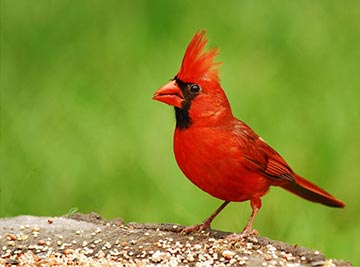
Northern Cardinal, photo courtesy of Wikimedia Commons, Tattooeddreamer.
This 4-day event, known as The Great Backyard Bird Count (GBBC), engages bird watchers of all ages in counting birds to create a “real-time snapshot” of birds across North America. Anyone can participate, from beginning bird watchers to experts, and you can count yourself in for as little or as much time as you like.
Get in on the action:
1. Plan to count birds for at least 15 minutes on one or more days of the count (February 17-20). Count birds in as many places and on as many days as you like.
2. Download and print a data form, where you’ll record information about your counting location, weather conditions, etc.
3. Count the greatest number of individuals of each species that you see together at any one time. You may find it helpful to print out your regional bird checklist to get an idea of the kinds of birds you’re likely to see in your area in February.
4. Keep a separate checklist for each new day. When you’re finished, enter the results from your data form and checklist(s) through the GBBC web page. You’ll see a button marked “Enter Your Checklists” on the website home page beginning on the first day of the count.
If you don’t have a field guide handy, then visit Cornell’s Online Guide to Birds to see pictures of species you may not recognize.
The GBBC results help scientists answer questions like these:
~ How will this winter’s snow and cold temperatures influence bird populations?
~ How will the timing of birds’ migrations compare with past years?
~ How are bird diseases, such as West Nile virus, affecting birds in different regions?
~ What kinds of differences in bird diversity exist in cities versus suburban, rural, and natural areas?
~ Are any birds undergoing worrisome declines that point to the need for conservation attention?
Here are a few of my bird “counts.”
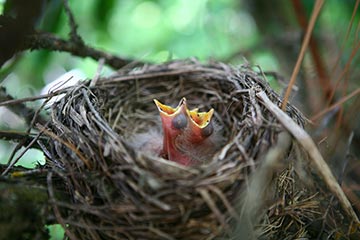
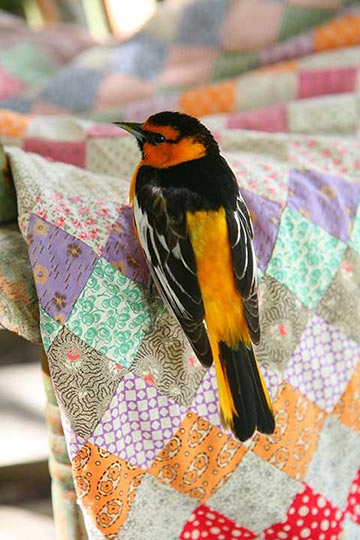
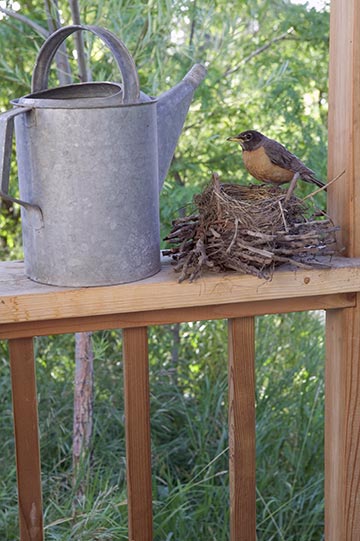
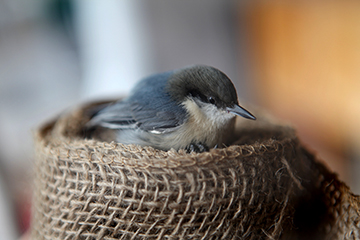 As well as a couple of movies you shouldn’t miss.
As well as a couple of movies you shouldn’t miss.
Pretty darn-good-tootin’ PC movie about 3 guys who are competing to see the most birds in one year. Morality tale/comedy. Steve Martin, Jack Black, Owen Wilson.





















































I’ve always wanted to do this, I guess this is the time to just do it.
Thank you for all the information.